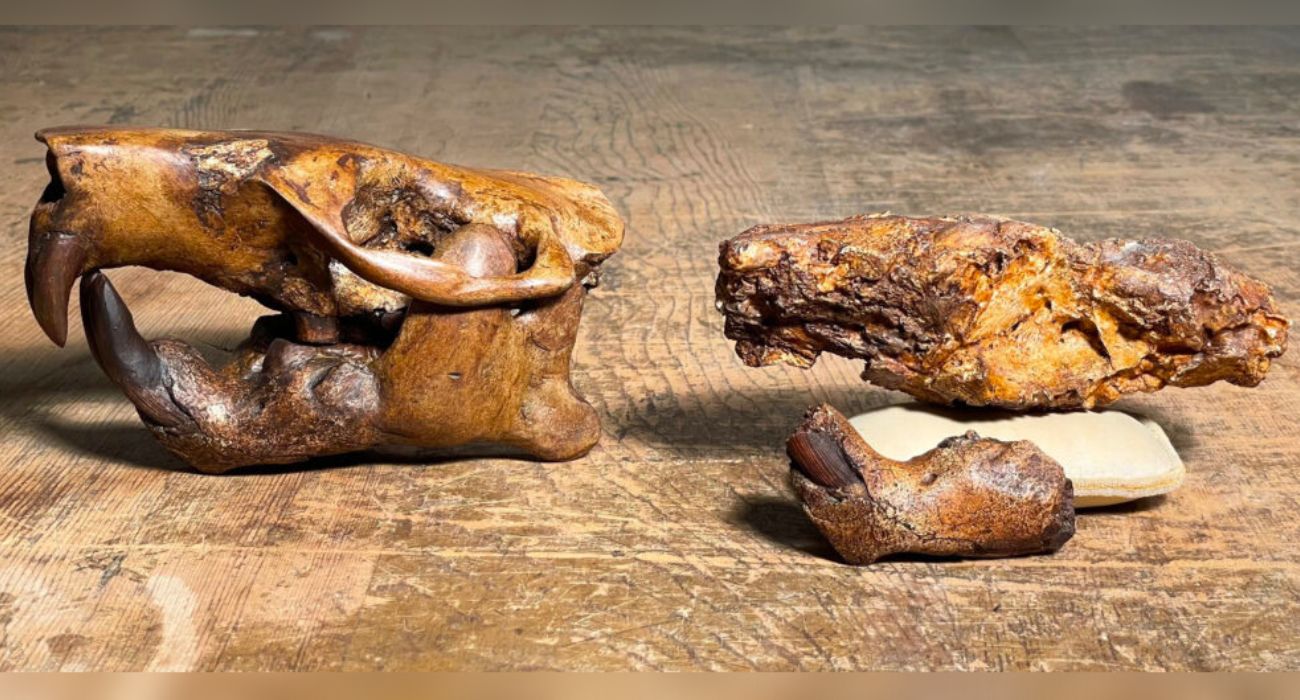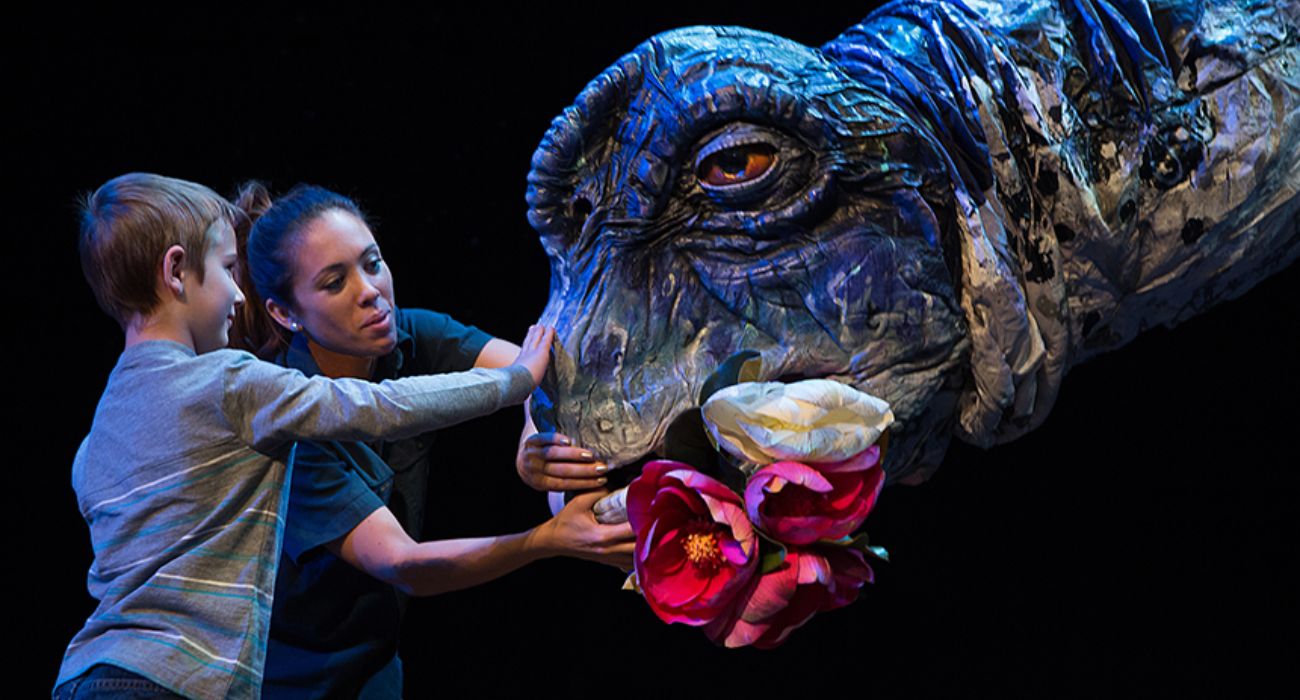Researchers from the University of Texas at Austin have named their recent discovery of an ancient beaver species after the beloved beaver mascot of Buc-ee’s.
Evidence of this new species, now known as Anchitheriomys buceei (A. buceei), appeared in a fossil collection studied by a team led by Steve May, according to a UT press release from March 27. The team’s findings were published in the journal Palaeontologia Electrictronica this month.
Inspiration for the species’ name came to May, a UT Jackson School of Geosciences research associate, as he drove by a Buc-ee’s billboard reading “This is Beaver Country.”
“I thought, ‘Yeah, it is beaver country, and it has been for millions of years,’” he said per the news release.
Buc-ee’s offers a one-of-a-kind Texas experience to travelers who visit its convenience stores and family travel centers around the country, 34 of which are in the Lone Star State. Its iconic cartoon beaver mascot has been part of the brand since its start.
But who would have thought that it had a prehistoric start?
The A. buceei beaver was scurrying around the Texas coastal plain between 15 and 22 million years ago during the Miocene epoch. While there were no more dinosaurs at this time, a wide array of prehistoric mammals roamed the planet, such as antelope, deer, and giraffes.
Weighing an estimated 57 pounds, the A. buceei was about 30% larger than today’s beavers.
A. buceei fossils were obtained from six different Texas sites, including a partial skull discovered in Burkeville.
This partial skull is a combination of fossilized bone and brain cast. As sediment crept into the beaver’s brain cavity, it created a rock replica of the organ.
Although this fossil was discovered by a team of Texas paleontologists back in 1941, Curtis Hesse, a Texas A&M University museum curator, died before he could categorize the specimen as a new species.
Fast forward to 1983. The president of Texas A&M transferred the fossil collection to UT Austin.
A few decades later, May’s team, using high-resolution X-ray imagery, was able to study the small anatomical details of the skull. These allowed them to confirm that the fossil did indeed represent an undiscovered ancient beaver species.
Matthew Brown, director of the vertebrate paleontology collections at Jackson School and co-author of the study, noted the significance of this hugely delayed discovery.
“New discoveries in the field capture lots of attention, but equally as valuable are the discoveries made in existing museum collections,” Brown said, per the press release. “We know that these opportunities are littered throughout the drawers in these cabinets.”
The discovery of A. buceei helps paint a more comprehensive picture of the beaver fossil record. But what about that of Buc-ee’s?
Arch “Beaver” Aplin III, the founder and CEO of Buc-ee’s, had but one thing to say about the A. buceei:
“Buc-ee’s was founded in 1982, but we may need to rethink our beginnings.”







That Ancient Beaver is rolling in the CASH! and people are giving up CASH!
You go Buc😃